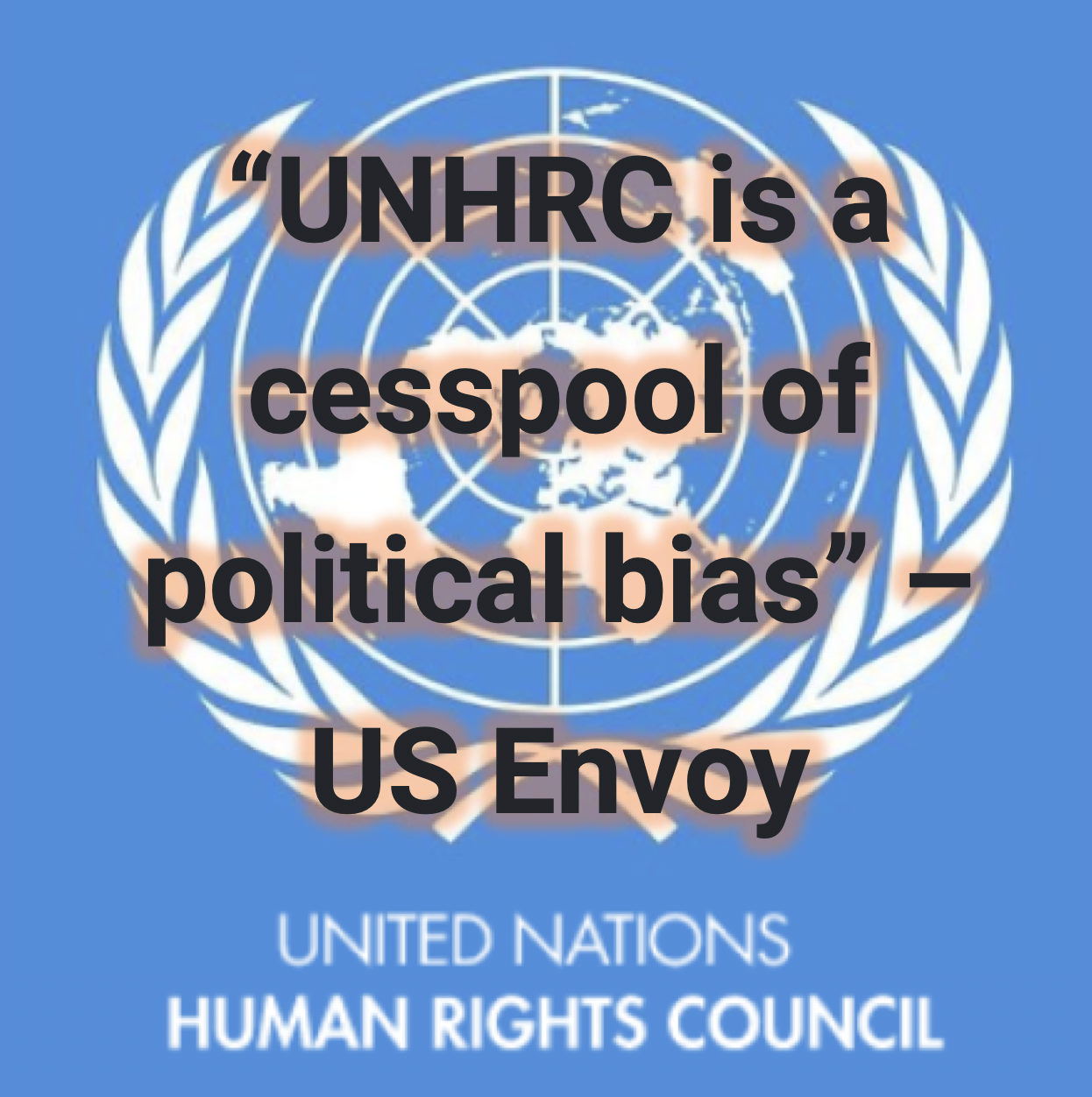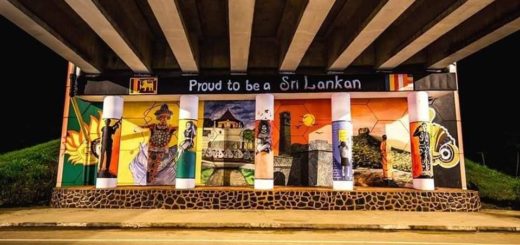Sri Lanka’s Peace won at home: 30+ years of UN and Foreign efforts failed Sri Lankans

For over 30 years, Sri Lanka faced the LTTE’s terror. In response, the international community recommended peace talks, ceasefires, foreign mediation, and even deployed troops to “solve” the conflict. Yet every foreign-led attempt—from India’s IPKF to the Nordic monitoring mission—failed to stop terrorism or protect civilians. Peace was secured only by Sri Lanka’s Armed Forces, acting decisively under President Mahinda Rajapaksa in May 2009. Those who sided with terror now seek revenge against him and the Forces who delivered peace and victory over LTTE. Sri Lanka solved its problem. Every foreign solution failed just as their templates have not solved any of the global crisis taking place globally. Sri Lanka sees no reason to adhere to templates of the UNHRC that are clearly biased and with double standards.
Numbered Peace Talks & Ceasefires with LTTE (1980s–2008)
- 1985 – Thimphu Talks (Bhutan)
- Mediated by India.
- LTTE + other Tamil groups presented “Thimphu Principles” (separatist demands).
- Talks Collapsed
- 1987 – Indo-Lanka Accord & Ceasefire
- Accord signed July 1987; Indian Peace Keeping Force (IPKF) deployed.
- LTTE agreed to surrender arms but instead re-armed and clashed with IPKF.
- Accord collapsed; conflict resumed.
- Noteworthy – the forced amendment of Sri Lanka’s Constitution with 13th amendment & Provincial Council system.
- 1989–90 – President Premadasa–LTTE Talks
- Direct talks in Colombo.
- GoSL even supplied LTTE with arms to fight IPKF.
- Ended when LTTE assassinated political rivals and resumed violence.
- 1994–95 – President Chandrika–LTTE Talks & Ceasefire
- Ceasefire signed January 1995.
- Collapsed April 1995 after LTTE blew up two naval vessels at Trincomalee harbour.
- Marked start of Eelam War III.
- 2002 – Ceasefire Agreement (CFA)
- Brokered by Norway; signed 22 Feb 2002.
- Peace talks held in Thailand (Sattahip/Phuket, Nakhon Pathom), Oslo, Berlin, Tokyo.
- Monitored by Sri Lanka Monitoring Mission (SLMM).
- LTTE committed 3,800+ ceasefire violations(vs 356 by GoSL).
- Collapsed by mid-2006 after LTTE closure of Mavil Aru sluice gates denying water to farmers.
- 2005 – Post-Tsunami (P-TOMS) Agreement
- Not a ceasefire but a power-sharing mechanism for tsunami aid distribution.
- Struck down by Supreme Court as unconstitutional.
- LTTE diverted relief funds to rebuild its war capacity.
- 2006 – Geneva & Oslo Talks / “Humanitarian Ceasefire Attempts”
- Under CFA umbrella, both parties met in Geneva (Feb 2006) and Oslo (June 2006).
- Very short-lived “pauses.”
- LTTE escalated instead: suicide bombings, Army Commander assassination attempt, and closure of Mavil Aru anicut (water for 30,000 farmers).
- Marked start of Eelam War IV.
Foreign Military & Monitoring Presence in Sri Lanka
- Indian Peace Keeping Force (IPKF) — 1987–1990
- Deployed under Indo-Lanka Accord.
- Intended to enforce peace; ended up fighting LTTE.
- Over 1,200 Indian soldiers killed
- IPKF accused of raping 3000 women, indiscriminate killings including Jaffna Hospital massacre.
- IPKF withdrew in 1990.
- Sri Lanka Monitoring Mission (SLMM) — 2002–2008
- Nordic mission (Norway, Sweden, Denmark, Finland, Iceland).
- Tasked with monitoring CFA violations.
- Publicly recorded that LTTE was responsible for the overwhelming majority of violations- over 3800
- Mission ended when GoSL abrogated CFA in January 2008.
Key Takeaway
- Sri Lanka tried 7 major rounds of peace talks/ceasefires (1985–2006).
- Hosted foreign military (IPKF) and accepted foreign monitoring (SLMM).
- Followed every international recommendation: negotiations, mediation, aid-sharing, ceasefires.
- Every attempt failed because LTTE used talks tactically— to regroup, re-arm, and resume terrorism.
- Only May 2009 military defeat brought peace that talks could never achieved.
Illegal Demands of the UNHRC on Sri Lanka
- Appointment of Panels/Investigations outside UN Charter Authority
- Violation:The UN Secretary-General’s Panel of Experts on Sri Lanka (Darusman Report, 2010–2011) was not created by UN General Assembly, Security Council, or Human Rights Council.
- Mandate: UN Charter Articles 97–100 do not permit the UNSG to unilaterally create quasi-tribunal bodies.
- Illegality:The Panel had no legal basis, yet its report was used to frame “accountability” resolutions.
- Calling for an International Investigation into a Sovereign State
- Violation:UNHRC is a non-judicial, inter-governmental body under GA Res. 60/251 (2006).
- It cannot:
- Mandate criminal investigations,
- Establish hybrid tribunals, or
- Override national sovereignty.
- Illegality:UNHRC Resolution 25/1 (2014) authorized OHCHR to investigate Sri Lanka — an overreach of HRC mandate.
- Repeated Selective Targeting of Sri Lanka (Double Standards)
- Violation:GA Res. 60/251 requires “impartiality, universality, non-selectivity.”
- Yet, Sri Lanka was singled out while other conflicts (Afghanistan, Iraq, Palestine, Rwanda post-genocide, Yemen) were ignored or downplayed.
- Illegality:Politicization violates the HRC’s founding principles.
- Demands for Constitutional Changes
- Violation:Resolutions have demanded federal-style devolution, constitutional reform, and repeal of Penal Code sections.
- Illegality:These are sovereign legislative matters, outside HRC’s human rights monitoring function. No treaty or HRC mandate permits interference in constitutional design.
- Requiring “Hybrid Courts” with Foreign Judges
- Violation:GA Res. 60/251 and UN Charter Article 2(7) (non-interference in domestic jurisdiction).
- Illegality:International law allows only Security Council to establish tribunals (ICTY, ICTR). The HRC cannot demand foreign judges in domestic courts.
- Imposing Timeframes for “Accountability”
- Violation:HRC resolutions fixed arbitrary deadlines for Sri Lanka to prosecute or adopt constitutional reforms.
- Illegality:No human rights treaty empowers HRC to dictate timelines to sovereign states.
- Expanding OHCHR Role without State Consent
- Violation:OHCHR is a Secretariat office under the UN Secretary-General, not an independent tribunal.
- Illegality:By authorizing OHCHR to conduct investigations (2014), the HRC unlawfully outsourced state functions and expanded OHCHR’s mandate.
Key Legal References
- UN Charter, Article 2(7):No intervention in domestic jurisdiction.
- UN Charter, Articles 10–12, 97–100:Only GA, SC, or ECOSOC can authorize investigations/tribunals.
- GA Resolution 60/251 (2006):HRC’s mandate limited to promotion and protection of human rights with universality, impartiality, and non-selectivity.
- Vienna Declaration (1993):Reaffirms sovereignty, territorial integrity, and non-interference.
Takeaway: Every demand for tribunals, hybrid courts, constitutional changes, or international investigations is illegal, ultra vires, and violates the UNHRC’s own founding resolution (60/251).
The evidence is clear: foreign intervention, international monitoring, and imposed solutions repeatedly failed.
Sri Lanka’s peace was achieved through national resolve, strategic military action, and the sacrifices of its own people. Any attempt to rewrite history, implement foreign demands, or cede sovereignty under UNHRC pressure ignores this reality and risks repeating past failures. Sri Lanka must defend its sovereignty and honor those who secured its peace.
Sri Lankans should be proud of what we have achieved and learn to honor the people who made it possible.
Shenali D Waduge







